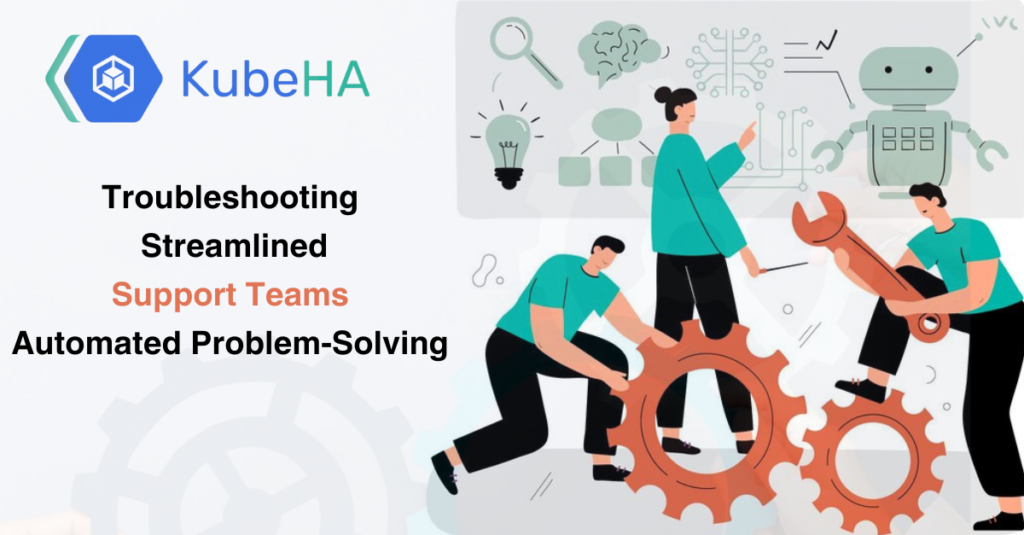
In the fast-paced world of customer support, timely and efficient troubleshooting can make all the difference. The ability to resolve issues swiftly not only ensures customer satisfaction but also optimizes the workflow of support teams. Enter automated problem-solving—a game-changer that streamlines processes, reduces manual intervention, and empowers support teams to tackle challenges with greater agility.
The Evolution of Troubleshooting
Gone are the days of relying solely on manual intervention to solve customer queries. With the advent of advanced technology, troubleshooting has undergone a significant evolution. Automated systems equipped with AI and machine learning capabilities have revolutionized the support landscape.
Benefits of Automated Problem-Solving
Speed and Efficiency: Automation slashes the time required to resolve issues. Quick identification and resolution lead to enhanced customer experiences and reduced downtime.
Consistency: Automated processes ensure a consistent approach to troubleshooting. This consistency eliminates human error and ensures uniform solutions across the board.
Data-Driven Insights: Automation gathers invaluable data from resolved issues. This data provides insights into common problems, enabling proactive measures to prevent future occurrences.
Scalability: As businesses grow, so do their support needs. Automation scales effortlessly, catering to increasing demands without compromising on quality.
Implementing Automated Problem-Solving
Identify Pain Points: Understand the recurring issues faced by customers. Focus on areas where automation can streamline resolution without compromising the quality of service.
Choose the Right Tools: Select tools and platforms equipped with AI-driven capabilities suited to your business needs. Ensure these tools integrate seamlessly with existing systems for a smooth transition.
Training and Integration: Provide adequate training to support teams on utilizing automated tools effectively. Integration with existing workflows is crucial for seamless operations.
Continuous Improvement: Regularly analyze the performance of automated systems. Adapt and refine processes based on feedback and evolving customer needs.
Challenges and Considerations
While automated problem-solving offers immense benefits, challenges exist:
Over-reliance: Avoid over-reliance on automation. Human intervention remains essential for complex or unique scenarios that require personalized attention.
Data Security: Safeguard sensitive customer data by implementing robust security measures within automated systems.
Adaptability: Technology evolves rapidly. Ensure your automated systems remain adaptable and up-to-date to meet changing requirements.
Key Components of Automated Problem-Solving
- Data-driven Insights: Leveraging user data and analytics for predictive issue identification.
- AI and Machine Learning: How these technologies enable intelligent problem-solving and self-learning systems.
- Automation Tools: Examining various tools and platforms that aid in automating support processes.
Implementation Strategies
- Integration Techniques: Seamlessly integrating automated troubleshooting into existing support infrastructures.
- Training and Adaptation: Equipping support teams with the necessary skills to work alongside automated systems.
- Customer Interaction: Balancing automated solutions with personalized customer interactions. Follow KubeHA Linkedin Page KubeHA